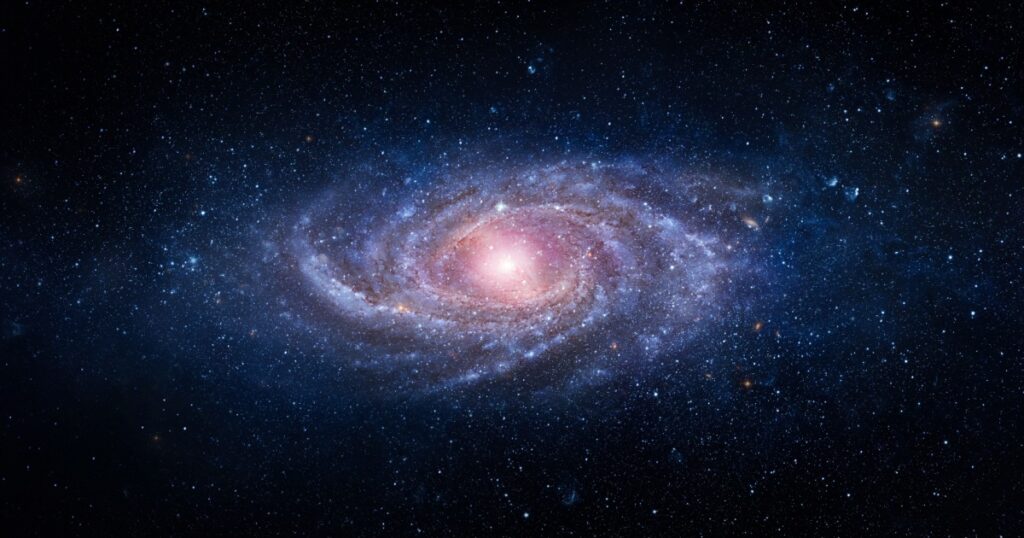
In a groundbreaking discovery that challenges long-held astronomical beliefs, astronomers have identified a pulsar and a supernova in a region of the Milky Way where such phenomena are rarely observed. This unexpected finding, published in the journal Astronomy & Astrophysics, has intrigued scientists and opened new avenues for understanding stellar formation.
Objects in space, including stars and planets, are primarily governed by gravitational forces, which dictate their formation and positioning. Typically, these celestial bodies form within a disk-shaped region known as the galactic plane, orbiting the massive black hole at the center of the Milky Way. However, the recent discovery of a supernova and a pulsar well outside this plane has surprised the astronomical community.
The Calvera System: An Anomaly in Space
The system containing these two celestial objects has been named Calvera, a nod to the character in The Magnificent Seven. Located 37 degrees above the galactic plane, Calvera is approximately 6,500 light-years from Earth. The supernova remnant and the pulsar within this system are separated by about 13,000 and 16,500 light-years, respectively.
Lead author Emanuele Greco from the Instituto Nazionale di Astrofisica explained the rarity of this discovery:
“Massive stars – that is, at least eight times more massive than the Sun – form almost exclusively in the galactic plane, where the gas density is highest and favors star birth. Finding their remnants at such distances from the plane is extremely rare.”
Understanding Pulsars and Supernovae
Pulsars, a type of neutron star, are known for their rhythmic pulsing, a characteristic that results from their rapid rotation and strong magnetic fields. These neutron stars are often the end product of supernovae, which occur when massive stars explode, releasing plasma that interacts with surrounding stellar material.
The supernova associated with Calvera is estimated to have occurred between 10,000 and 20,000 years ago. This timeline allows researchers to study the remnants and better understand the conditions that led to this unusual formation. Greco emphasized the significance of the discovery:
“Our analysis has allowed us to more precisely estimate the distance, age, and even the characteristics of the possible progenitor star that gave rise to both the Calvera pulsar and its supernova remnant.”
Implications for Galactic Studies
The discovery of Calvera challenges the assumption that the necessary materials for star formation, such as gas and dust, are confined to the galactic plane. Greco noted,
“Our study shows that even the quietest and seemingly empty regions of the galaxy can harbor extreme processes. This discovery invites us to look with new eyes at the Milky Way’s peripheries.”
While massive, objects like pulsars and supernovae are notoriously difficult to detect, often requiring astronomers to rely on chance observations. The proximity of Calvera to Earth offers a unique opportunity for further study, potentially leading to new insights into the dynamics of our galaxy.
Looking Ahead: New Frontiers in Astronomy
This discovery underscores the importance of continued exploration and observation beyond the traditional boundaries of the galactic plane. As astronomers refine their techniques and technologies, they may uncover more such anomalies, reshaping our understanding of the universe.
The Calvera system serves as a reminder of the vast unknowns that remain in space, encouraging scientists to remain vigilant and open-minded in their quest to unravel the mysteries of the cosmos. As research progresses, the findings from Calvera could pave the way for a deeper comprehension of stellar evolution and the forces that shape our galaxy.






